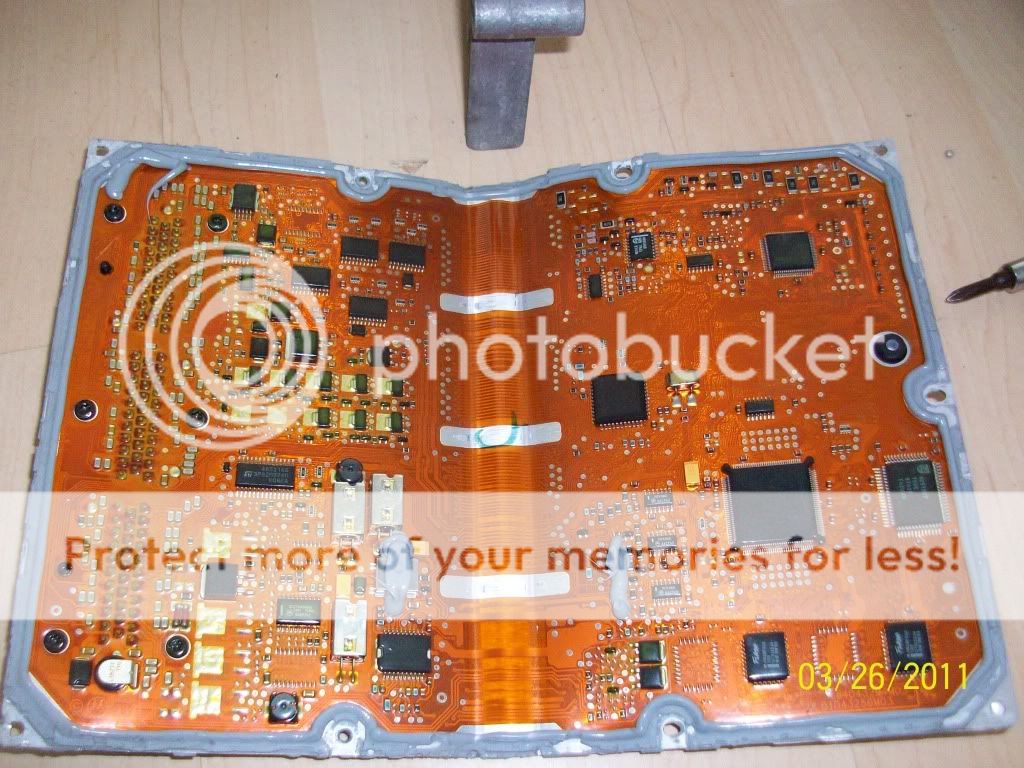AL BUNDY
NAXJA Forum User
- Location
- FULLERTON, CA
http://forums.cnet.com/7723-7811_102-248386/jeep-grand-cherokee-stalling-fixed/
This is probably already on here somewhere but I have never seen it and I could not find it when I searched. Anyway, it's worth posting again.
It's a band aid fix but it will get you back on the road. It just worked on my 1996 XJ.
My jeep was dead and the key-turn run codes said 11 (CPS). I replaced the CPS and it still didn't run. I spent all wknd trying to figure it out till I saw this website. Loosened 2 screws on the PCM and it's back to running normal again.
This is probably already on here somewhere but I have never seen it and I could not find it when I searched. Anyway, it's worth posting again.
It's a band aid fix but it will get you back on the road. It just worked on my 1996 XJ.
My jeep was dead and the key-turn run codes said 11 (CPS). I replaced the CPS and it still didn't run. I spent all wknd trying to figure it out till I saw this website. Loosened 2 screws on the PCM and it's back to running normal again.



